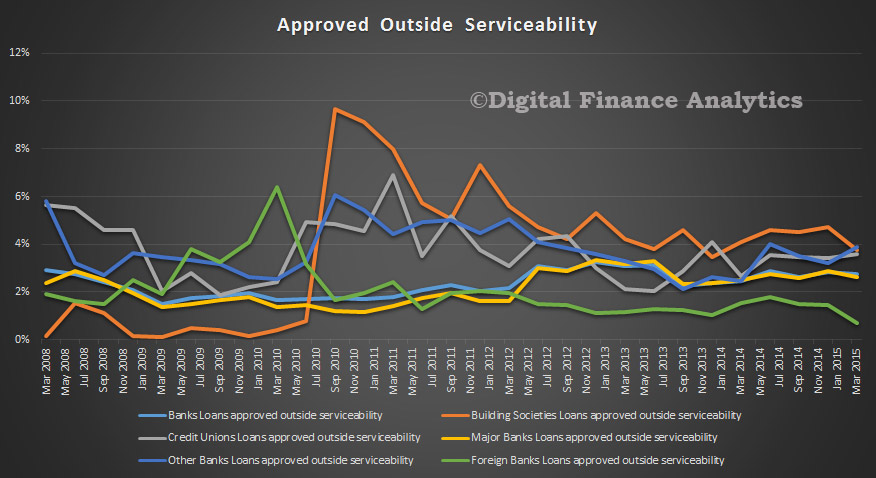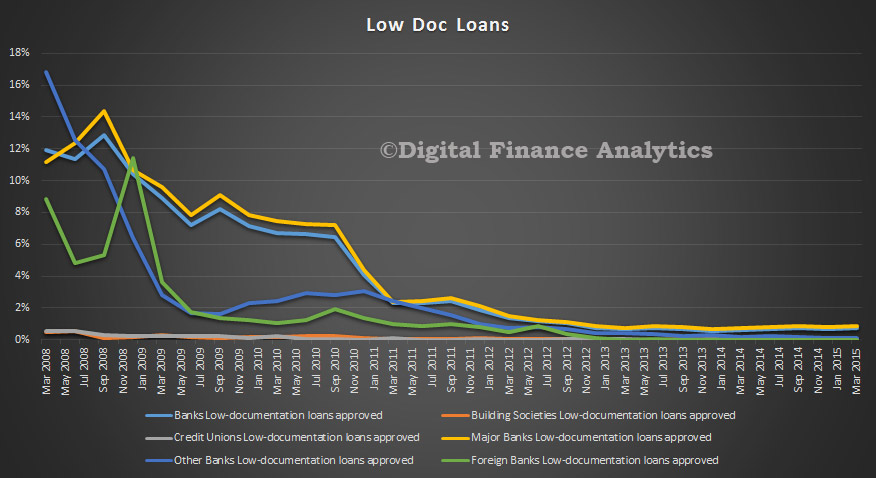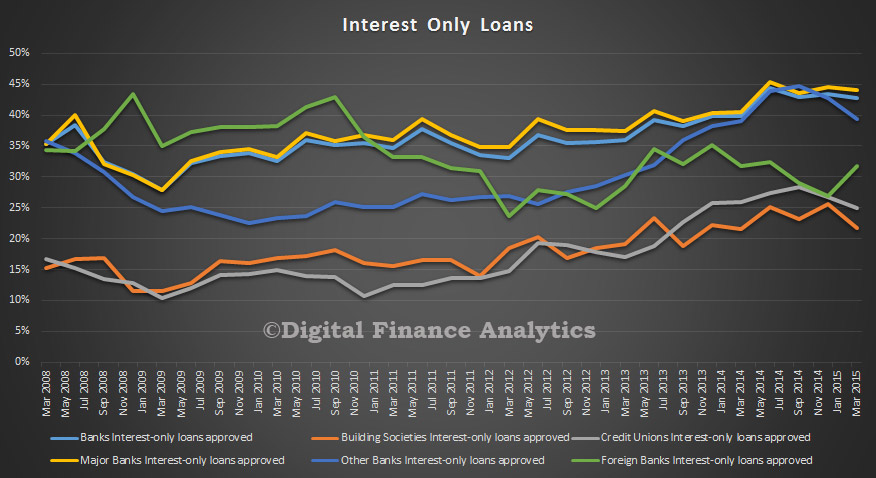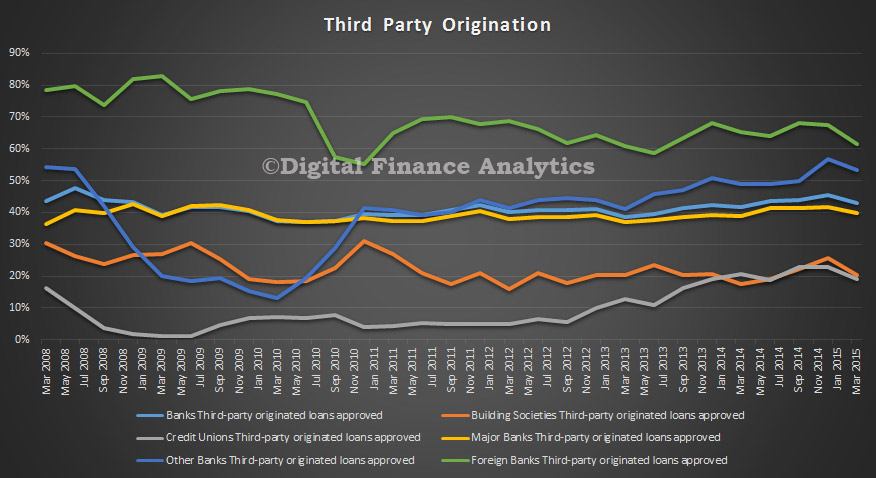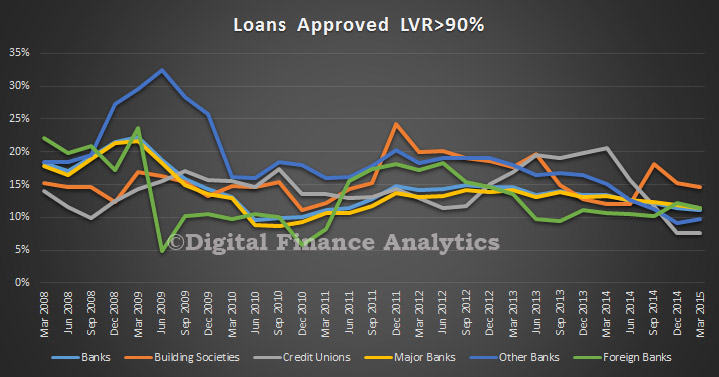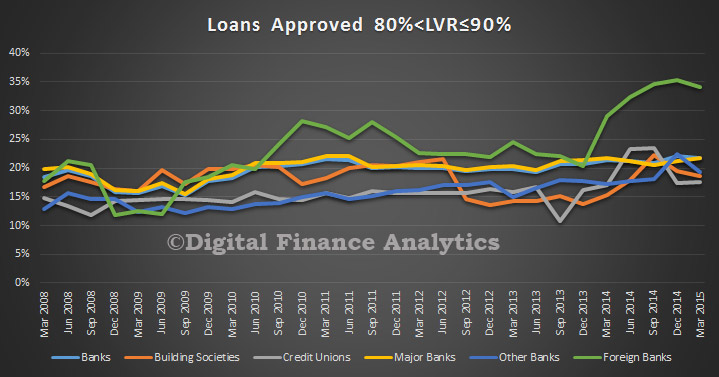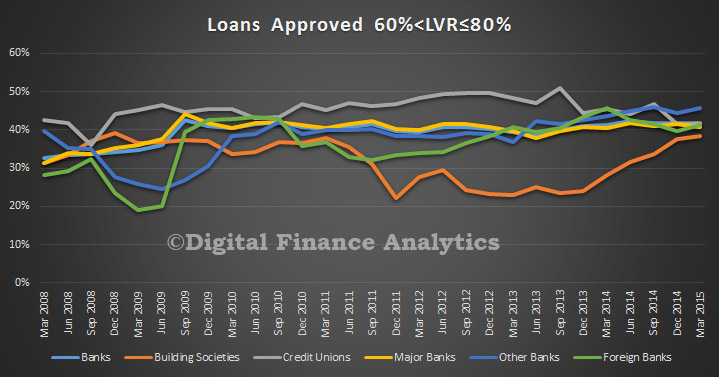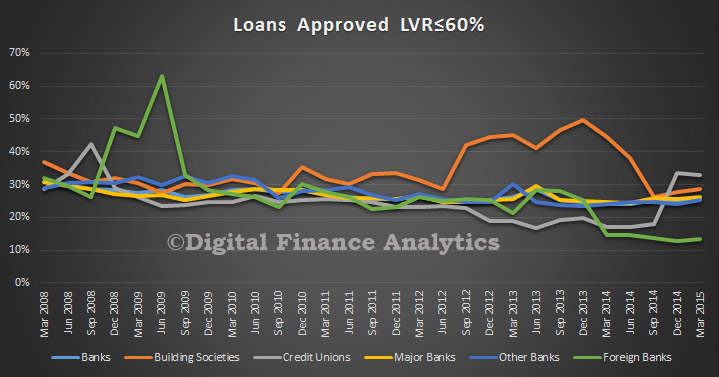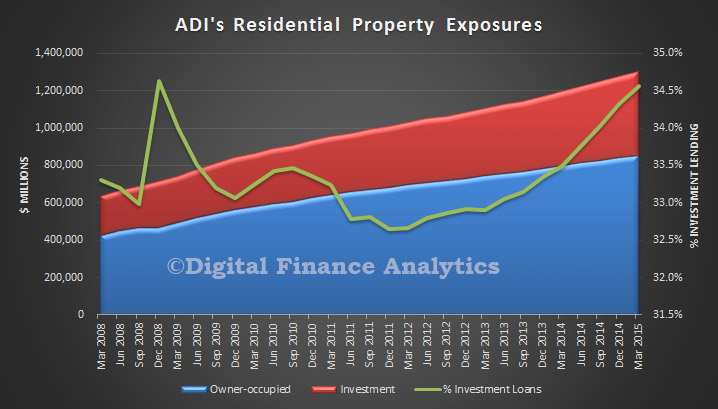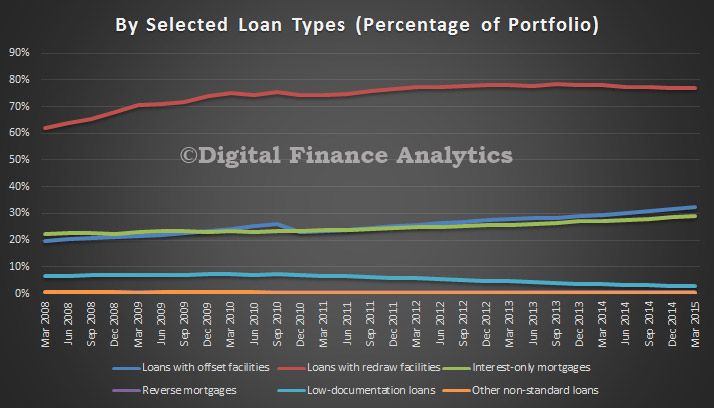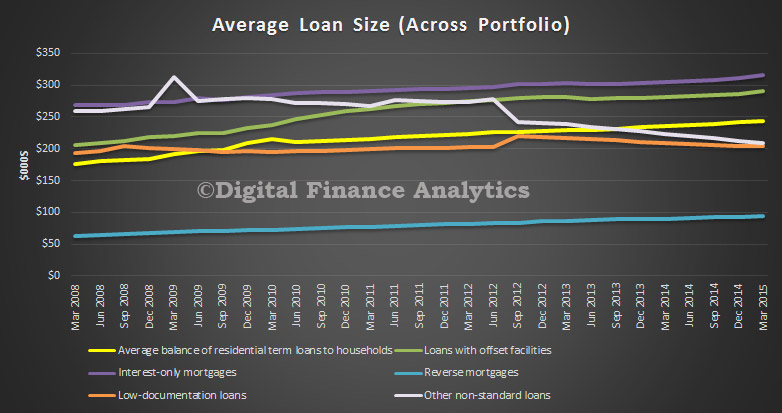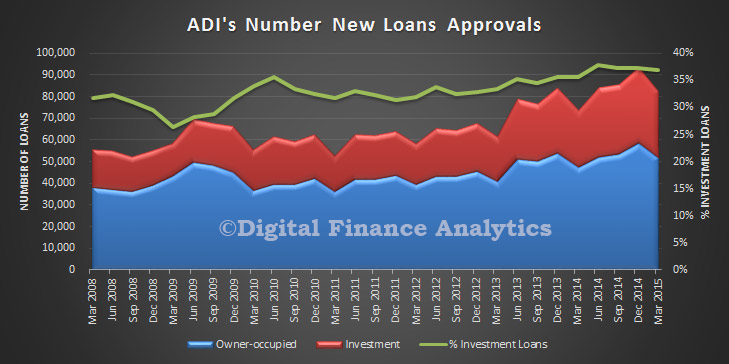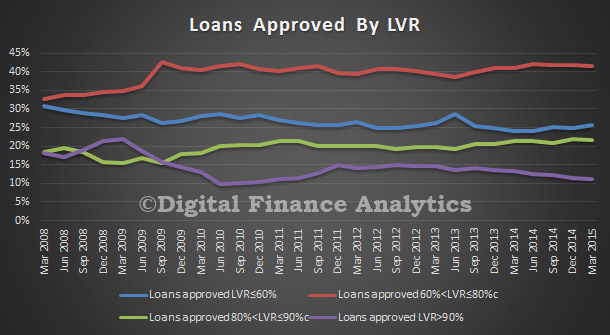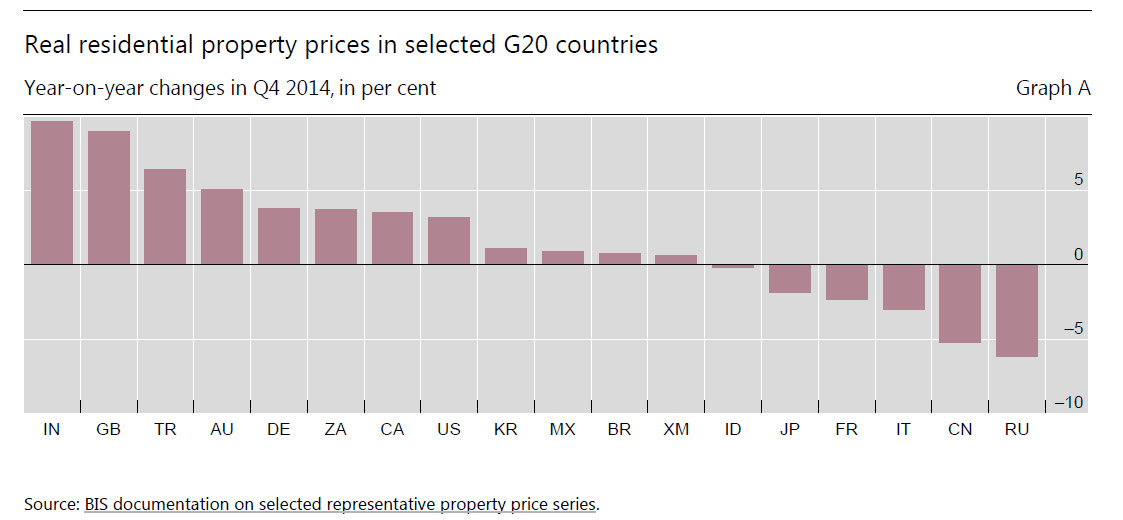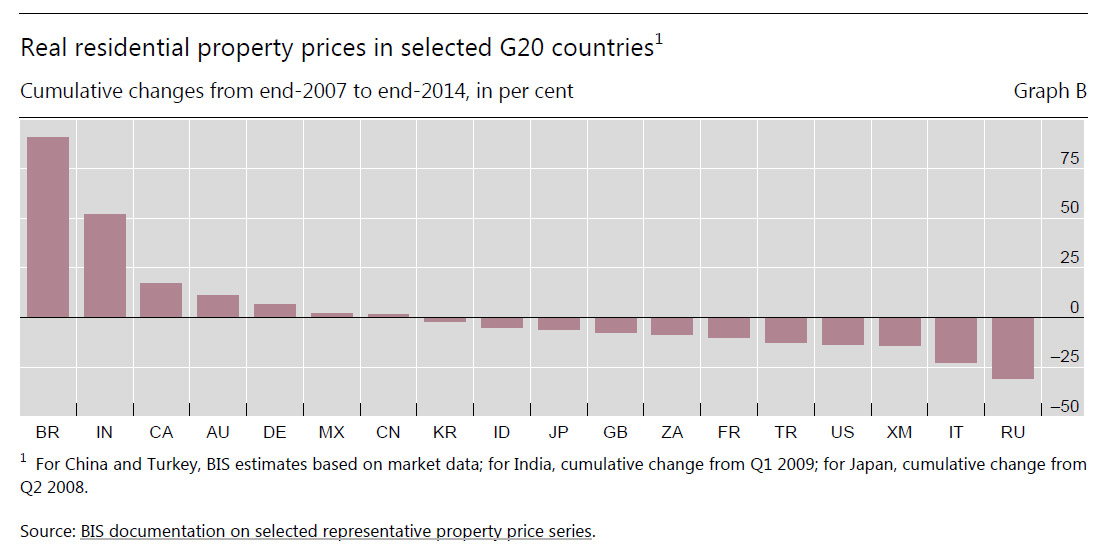There were no Big Data systems in 1995. In fact the term wasn’t even be discussed until more than a decade later. But that didn’t stop the UK-based retailer Tesco going ahead and building a Big Data capability.
Speaking at the Retail TECH X conference in Melbourne this week, former Tesco CEO, Sir Terry Leahy, discussed the company’s early foray into data-driven decision making. He credited it as a key reason why a retailer, who in the mid-1990s was ranked a distant third in its market, was able to surpass the performance of its two biggest rivals several times over two decades later.
Loyalty card revolutionises Tesco’s performance
Sir Terry joined the retailer as a marketing executive in 1979, and led the company from 1997 to 2011. He said the key for Tesco was Clubcard, a loyalty card introduced in 1995 that allowed the company to connect and respond to customers through data, rather than through more traditional methods.
“Data is absolutely priceless in transforming the relative position of a business,” Sir Terry said. “It was the first example of what is known today as Big Data.”
Before 1995, Sir Terry said computers were simply not powerful enough to hold information both on product movements and individual purchasing behaviour.
“It was absolutely transformational for the business,” he claimed. “We could treat customers as individuals. And we could learn what they were interested in, what their behaviours were, and we could tailor and target all of their marketing so that it was relevant to that individual consumer.”
Sir Terry said in the year before Tesco launched its ClubCard, Sainsbury’s was worth twice the value of Tesco. Within a year Tesco had overtaken Sainsbury’s. By the time he left the CEO role in 2011 Sir Terry said Tesco had outperformed its rivals tenfold.
“And it improved the productivity of our marketing, between 300 and 1000 per cent depending on the application,” he added. “We were able as a percentage of sales to spend less on our marketing going forward, it made it so effective.”
Understand the true nature of your business
Sir Terry’s formula from boosting the performance of Tesco started with building a true understanding of the true nature of the business.
“We all want the business to be doing well, but that may not be the truth of it,” Sir Terry said. “Today data plays an incredibly important role in bringing into the organisation from outside an accurate picture of how the business is perceived. And it is absolutely crucial that the organisation finds a way of bringing the voice of the customer into the business, because that’s the most reliable voice – that’s the one you should navigate the business by.
“It may be painful to hear, but if you are prepared to listen to what the customer is saying, and if you are prepared to change your business on the basis of that, then you’ll always be in business and stay connected to the customer.”
Performance monitoring through data
The company used data extensively to monitor changing customer preferences, leading to a series of industry innovations that served to transform its performance. Data also led Tesco to introduce the convenience format, going against industry wisdom that suggested that bigger was better.
“Customers were saying they were getting busier and busier, and needed a store that was handier and closer,” Sir Terry said. “So we miniaturised the supermarket into Tesco Express. In 1996 the first one opened, and today there are thousands all over the world, and most retailers no feel it is essential they have a convenience store format as part of the line-up.”
Tesco was also the first food retailer to sell online, and maintains the largest share of any food retailer in the world, holding close to 50 per cent in the UK.
Sir Terry said for an organisation to successfully implement a data strategy, it also required those who were working with data to take a leadership role within the organisation, as data can often lead to conclusions which run counter to conventional thinking.
“Knowing is not enough – you actually have to do something about what you know about customers,” he said. “You have to change the organisation. And it does need different decision-making structures actually to respond to data. It’s got to be actionable or it’s of no value at all, and that takes leadership.”
But despite the heavy investment in technology, Sir Terry said it would have all come to nought had the company lost its connection to its customers – something many consider has happened since he departed in 2011.
“Technology is just a tool,” Sir Terry said. “What matters in the end is the relationship between you and the consumer, and your ability to understand how their lives are changing.”


